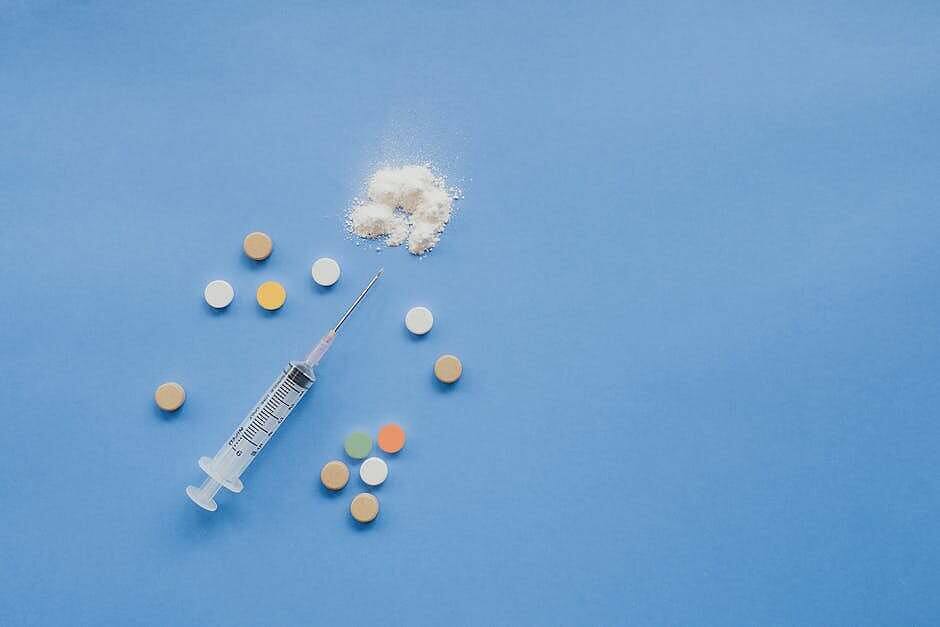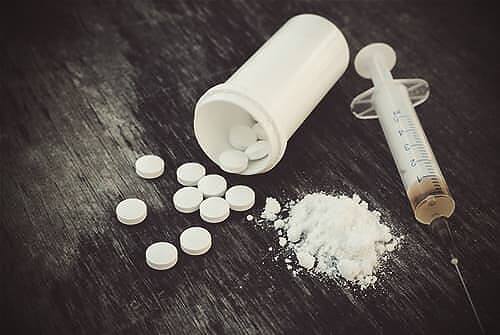Understanding Morphine Overdose
It’s important to note that opioids are the most addictive substances that we know of. There’s no difference in the levels of addiction between demographics, races, genders, or any other factors. Across the board, it leads to addiction in many people who use it.
There are safe ways to consume morphine in treating pain, though, and those ways always have to do with doctor supervision.
Many times, morphine use occurs in the hospital under the supervision of a doctor. In other cases, doctors might prescribe morphine or different opioid analgesics to be used at home.
If a person uses more than is necessary or uses without any pain, there’s a chance that they will develop a dependency.
How Much Is Safe to Take?
The common starting dose of morphine is somewhere between 15 and 30 mg. In hospitals, patients might get that dosage every four hours or so to manage intense pain.
Taking morphine more frequently than that can lead to a high concentration of the substance in the blood because of the half-life. In other words, just because you took morphine 4 hours ago and don’t feel the effects doesn’t mean that it’s out of your blood.
Compiling dosages too quickly can lead to a fatal amount of morphine in the system. As a patient gets used to the dosage, though, their tolerance will increase. So, a patient might get higher and higher doses over their stay at the hospital.
In that way, there isn’t a clear answer to how much is safe to take. The smallest amount possible is absolutely the safest, but the amount you can safely ingest depends on your tolerance. Don’t ever take the same amount of morphine as someone who has been using it for a long time.
Their tolerance is much higher, and they can handle high amounts of the substance. Hopefully, you’ll never be in a situation where you’re not using morphine under supervision.
However, if you ever are, note that your body may not respond well to even a slightly higher dose than you are used to. Additionally, pushing that limit can lead to a high chance of overdose.
Want to Learn More?
Understanding how much morphine is safe to take is important if you’ve had it prescribed or you’re making the decision to use it on your own. How much morphine to overdose is relative to the individual, though, so the smartest move is to talk with your physician.
There’s a lot more to learn about drug interactions, overdoses, and substance abuse. We’re here to help. Please explore our site for more insight into these ideas and more.
Sources
https://www.healthline.com/health/drug-tolerance



